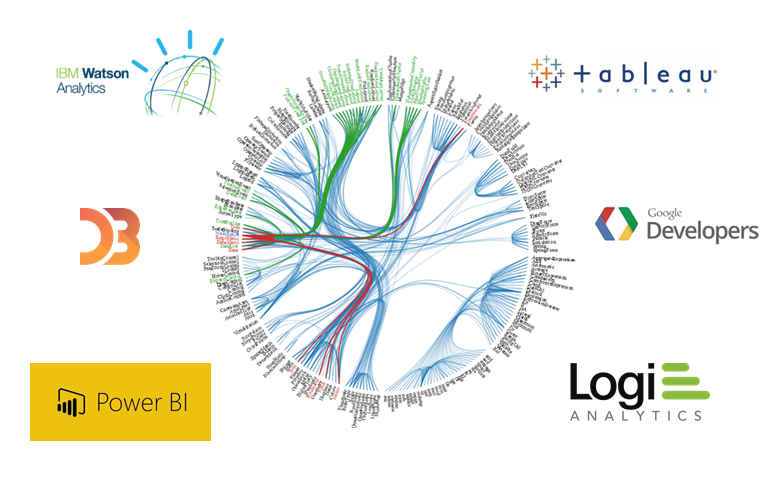Tube Rank: Your Guide to Video Success
Discover tips and insights for optimizing your video presence.
Charting Your Way to Data Nirvana
Unlock the secrets to data mastery! Discover tips and tools to elevate your analytics game and reach data nirvana today!
Understanding Data Visualization: A Guide to Effective Charting
Data visualization is an essential tool for effectively interpreting and presenting complex data sets. By utilizing various charting techniques, you can transform raw data into engaging visuals that convey meaningful insights. When selecting the right chart type, consider your audience's needs and the data's story. Common chart options, such as bar charts, line graphs, and pie charts, each serve a distinct purpose and can highlight different aspects of the data. For instance, a bar chart is perfect for comparing quantities, while a line graph may be most effective for showing trends over time.
To achieve effective charting, it is crucial to focus on a few key principles:
- Clarity: Ensure that your visuals are easy to read and interpret, using clear labels and legends.
- Consistency: Maintain a uniform style throughout your charts to foster a cohesive visual narrative.
- Context: Provide appropriate context for your charts by including relevant background information and explanations.

Top 5 Tools for Charting Your Data Journey
In today's data-driven world, effectively visualizing your data is crucial for making informed decisions. Here are the Top 5 Tools for Charting Your Data Journey:
- Tableau: Renowned for its powerful visualization capabilities, Tableau allows users to create interactive and shareable dashboards. You can connect to various data sources and generate insights quickly.
- Microsoft Power BI: This tool offers robust analytics and dashboard capabilities that integrate seamlessly with Microsoft products, making it an ideal choice for businesses already using Microsoft services.
- Google Data Studio: A free tool that enables users to turn data into informative, easy-to-read, customizable dashboards and reports. Its integration with Google products makes it a favorite among marketers and analysts.
- Looker: Now part of Google Cloud, Looker specializes in data exploration. With its modeling language, LookML, it helps you transform raw data into meaningful insights.
- QlikView: Known for its associative data model, QlikView provides a unique way to visualize data, allowing users to dive deep into their datasets without getting lost.
How to Choose the Right Chart for Your Data Story
When it comes to visualizing data effectively, choosing the right chart is crucial for conveying your message. Different types of charts serve distinct purposes, and selecting the wrong one can lead to confusion instead of clarity. To start, consider the nature of your data: are you looking to illustrate relationships between variables, show trends over time, or compare categories? For instance, a line chart is ideal for tracking changes in data over intervals, while a bar chart excels in comparing discrete items. Always keep your audience in mind and aim for simplicity to enhance understanding.
Once you've established the type of data you are presenting, the next step is to focus on the chart's design and readability. Ensure that your chart is not overcrowded with information—less is often more. Use color effectively to differentiate data series, but avoid overwhelming hues that can detract from your message. Consider incorporating labels and a legend to provide context, and always include a clear title that summarizes what the chart depicts. By prioritizing these design elements, you create a visually appealing and informative representation that enhances your overall data story.